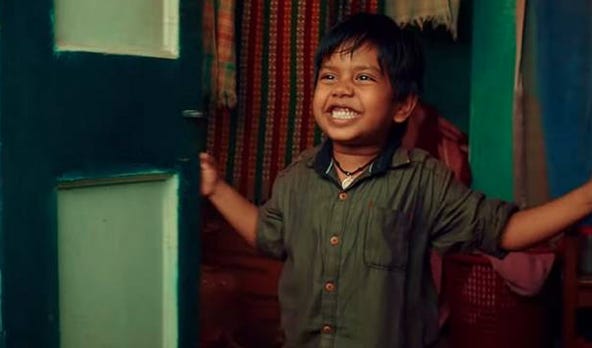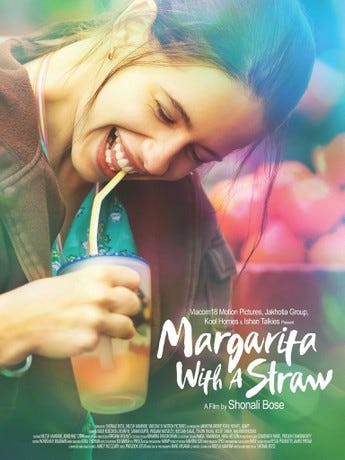Representation of Queer Characters in South Indian Cinema
A personal take on the representation of Queer characters in South Indian Cinema so far.
I recorded more than one podcast episode on the Indian queer podcast I co-hosted, on this very topic nearly two years ago, and in the time since then, I’ve noticed changes in both the quality and quantity of LGBTQIA+ (or queer) representation in Indian cinema and web series. However, while progress is evident, it still feels like there’s a long way to go.
The representation of queer characters in Indian and South Indian cinema and web series has definitely seen significant shifts over recent years. I don't watch a lot of queer content on YouTube, so won't mention it. IMO, YouTube content can get too triggering and has a very heavy cis-het perspective.
Over the years, in the mainstream media spaces, queer characters were either sidelined or quite tragically stereotyped. Just the existence of a queer character sometimes was to serve as comic relief or portrayed through exaggerated, one-dimensional portrayals. But since the reading down of IPC 377, there was a tiny shift in societal attitudes and there was space for filmmakers to explore LGBTQIA+ identities with greater empathy and complexity. This attitude shift paved the way for a more inclusive portrayal of queer characters.
One of the early breakthroughs in this transformation came with movies like Njan Marykutty (2018) in Malayalam. This narrative portrayed the journey of a transgender woman with respect and depth, so much more than most movies have done before. Actor Jayasurya’s nuanced performance offered a glimpse into the struggles and triumphs of transgender people. It was more than just clichéd representations and the portrayal struck a deep chord with viewers.
The National Award-winning Prasanth Varma film Awe gave the Telugu cinema industry, or Tollywood, a brief taste of queerness in 2018. In addition to having a diverse cast of characters, including a same-sex couple, this film was noteworthy for its effective integration of LGBTQIA+ representation into the overall plot. Despite Awe establishing a positive precedent, the momentum was mostly lost thereafter.
A breakthrough in this space in Kollywood was Super Deluxe (2019), featuring Vijay Sethupathi as a transgender woman. The movie was a hyperlink film, and the segment with Shilpa (played by Vijay Sethupathi) was about Jyothi and her son Rasukutty, who are waiting for the return of Rasukutty's father, Manickam, and the after arrives as Shilpa, a transgender woman from Mumbai. The innocence of Rasukutty around this whole situation as well as Vijay Sethupathi’s performance as Shilpa was quite well received by critics and the audience.
Mainstream Kollywood addressed queerness in the comedy Goa (2010), which made waves and resonated with young audiences, and then Kanchana (2011), a horror-comedy that highlighted a transgender woman’s life and was well received by the mass audience. Though they had trouble drawing large audiences, smaller independent Bollywood films like Margarita with a Straw and My Brother…Nikhil brought LGBTQIA+ stories to the big screen.
While Hindi cinema began depicting queer love stories with films like Ek Ladki Ko Dekha Toh Aisa Laga, Shubh Mangal Zyada Saavdhan, and Chandigarh Kare Aashiqui, the South Indian industry has struggled to fully capture love and couple-hood these their queer stories. Nevertheless, South Indian cinema has delivered some meaningful works, like Natchathiram Nagargiradhu, Neela Nira Sooriyan, Kaathal – The Core, and several others, each contributing to the conversation around LGBTQIA+ representation. ❤️
In the last decade, thanks to streaming platforms like Netflix and Amazon Prime Video, filmmakers have become more willing to explore diverse stories beyond cis-het representation. However, there is still a need for more nuanced and normalized portrayals of queer characters, especially in regional cinema. With increasing societal acceptance in urban spaces, we can hope that South Indian cinema will create richer stories and characters, moving beyond mere representation to offer inclusive and empathetic portrayals.
Note: Please note that I have chosen to only mention the movies that are largely considered positive or well-written characters and critically acclaimed, while also accepted largely by the queer and non-queer audience. I have chosen to omit the negative and badly written movies and characters.






